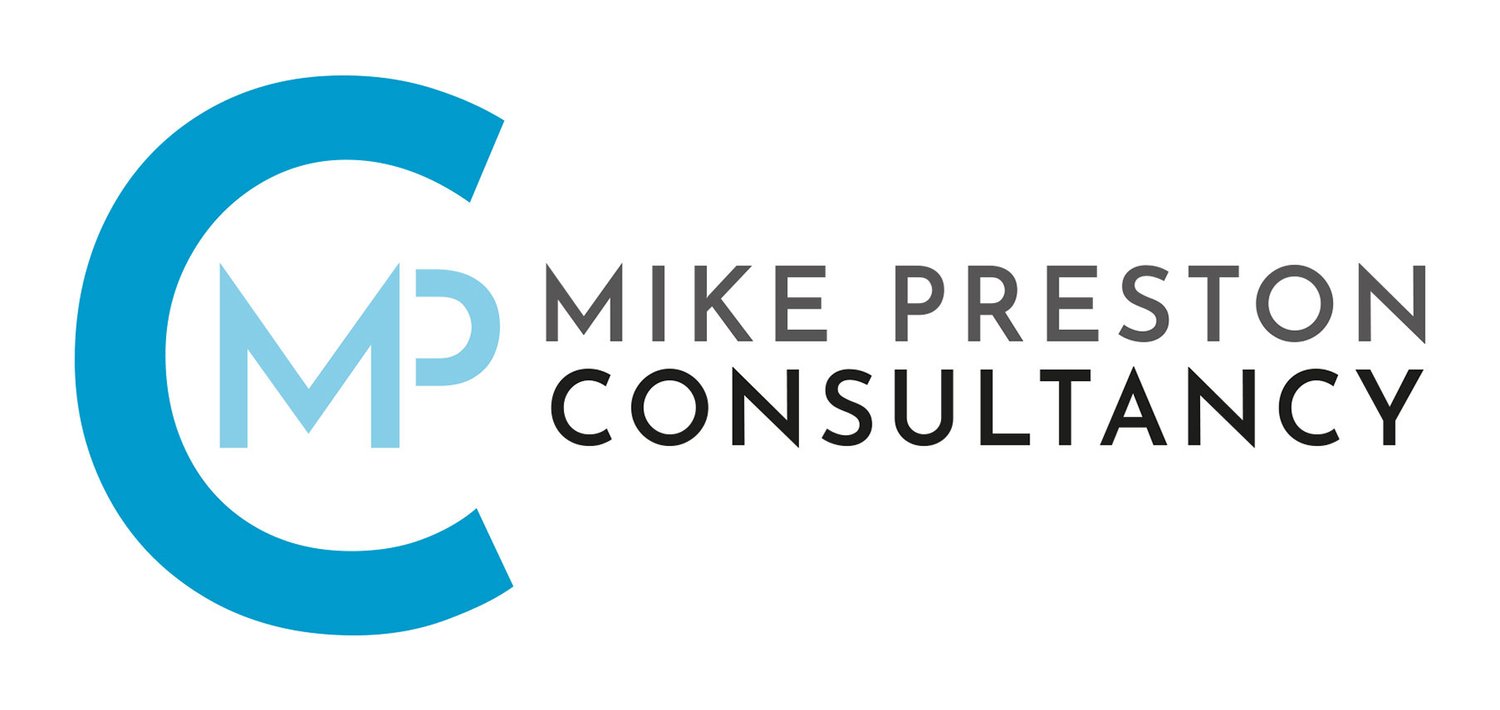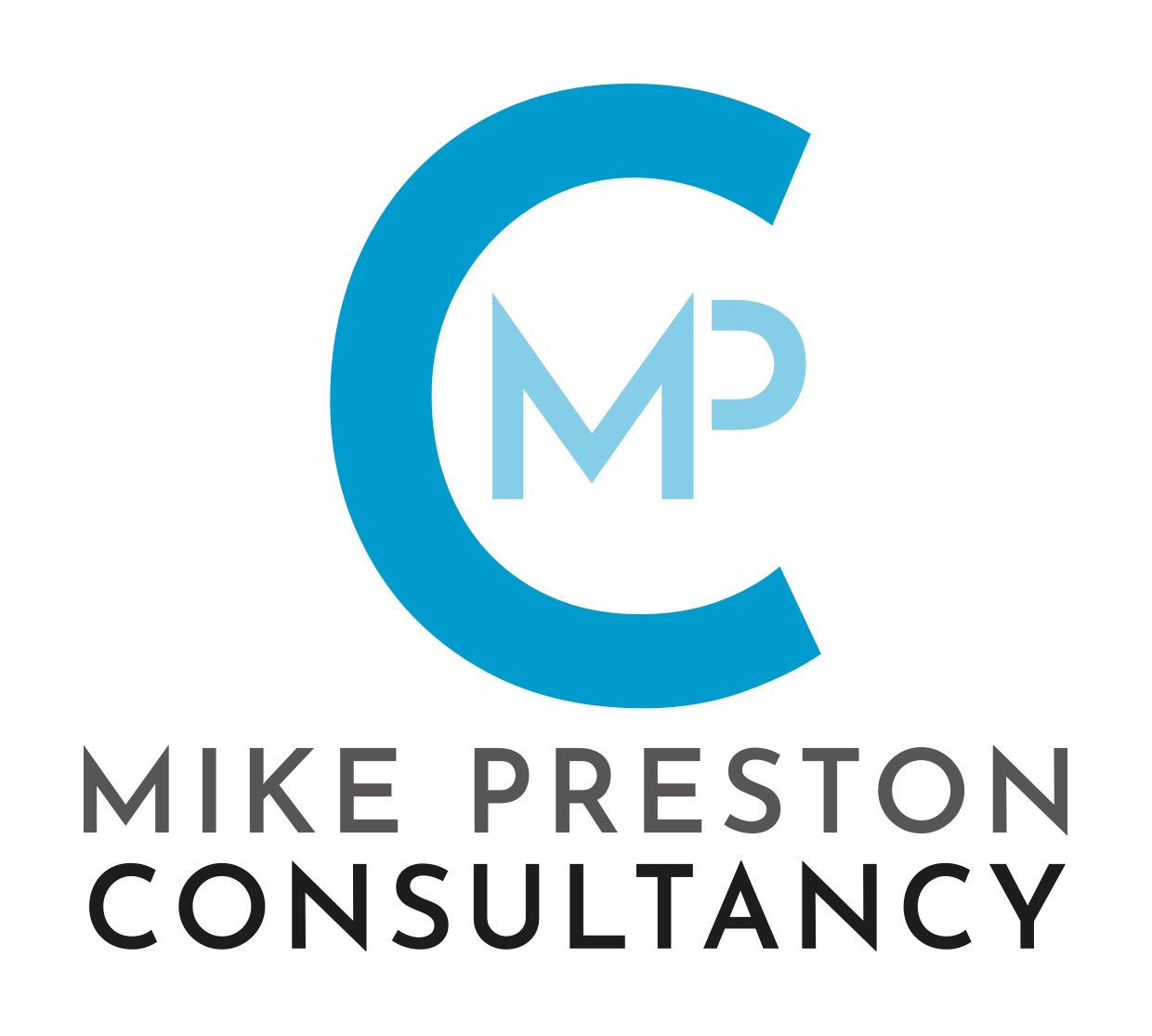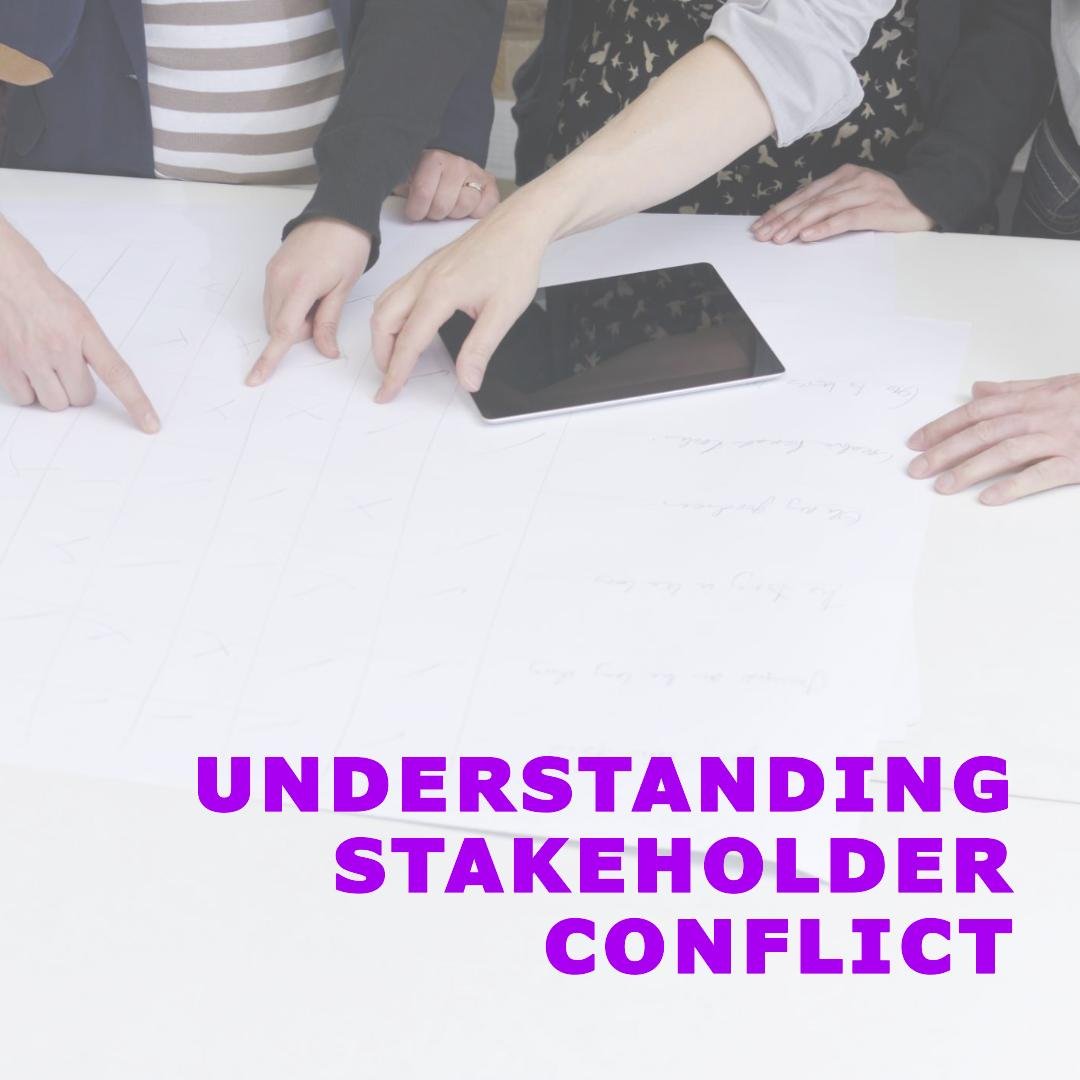Managing Stakeholder Conflict: A Pathway to Shared Outcomes and Enhanced Understanding
In the world of project management, service delivery and fundrasing, internal and external stakeholder conflict is almost inevitable. Diverse perspectives and interests can readily lead to disagreements, creating challenges for continuity and ultimately success. However, with effective conflict management strategies, these challenges can be transformed into opportunities for innovation and growth. This blog article explores how emphasising shared outcomes and fostering mutual understanding can pave the way for harmonious stakeholder relationships and successful project execution.
Understanding Stakeholder Conflict
Stakeholders are individuals or groups with an interest in the outcomes of a project, service or activity. They can range from team members, executives, clients, suppliers, to community members. Stakeholder conflict typically arises due to:
1. Divergent Interests: Each stakeholder may have different priorities, expectations, and objectives.
2. Communication Gaps: Misunderstandings and a lack of clear communication can exacerbate disagreements.
3. Resource Allocation: Disputes over resources, whether time, money, or personnel, can lead to tension.
4. Risk Perceptions: Different stakeholders often have varying degrees of risk tolerance and perspectives on how risks should be managed.
The Importance of Shared Outcomes
One of the foundational strategies in managing stakeholder conflict is to emphasise shared outcomes. Here’s why focusing on common goals can be transformative:
- Unified Direction: When stakeholders recognise common objectives, it gives them a unified direction. This makes it easier to align their efforts and minimises friction.
- Enhanced Collaboration: Shared outcomes foster a spirit of collaboration rather than competition. Stakeholders are more likely to work together constructively.
- Increased Commitment: When stakeholders see their interests reflected in the project goals, they’re more likely to remain committed and engaged.
Fostering Mutual Understanding
Equally important is fostering mutual understanding among stakeholders. Here are key strategies to enhance understanding and cooperation:
1. Active Listening: Encourage stakeholders to truly listen to each other. Active listening fosters empathy and helps in understanding different perspectives.
2. Transparent Communication: Regular and transparent communication builds trust. Ensure that all stakeholders have access to pertinent information and are informed of any changes or developments.
3. Facilitating Dialogue: Create environments where stakeholders can express their concerns and ideas openly. Facilitate regular meetings, workshops, or brainstorming sessions to bring different voices to the table.
4. Clarifying Expectations: Clearly outline the roles, responsibilities, and expectations for each stakeholder. This reduces ambiguities that can lead to conflict.
Strategies for Managing Conflict
1. Identify and Address Early: Early identification and resolution of potential conflicts can prevent escalation. Encourage stakeholders to voice concerns early in the process.
2. Negotiation and Mediation: Use negotiation and mediation techniques to find win-win solutions. A mediator can be particularly helpful in resolving deep-seated conflicts by providing an unbiased perspective.
3. Focus on Interests, Not Positions: Encourage stakeholders to focus on their underlying interests rather than fixed positions. This opens the door to creative solutions that satisfy multiple interests.
4. Develop Conflict Resolution Protocols: Establish clear protocols for addressing conflicts that arise. Having a predefined process can help manage tensions more efficiently.
Conclusion: Embracing Conflict for Greater Success
Managing stakeholder conflict is not just about resolving disputes; it’s about turning conflict into a catalyst for collective success. By focusing on shared outcomes and fostering mutual understanding, project managers can transform potential conflicts into opportunities for stronger collaboration and enhanced innovation. Remember, the goal isn't to eliminate conflicts entirely—that's neither realistic nor desirable. Instead, the aim is to manage conflicts constructively, ensuring they serve as stepping stones towards achieving shared success and mutual understanding. Here’s to navigating the complex yet rewarding path of stakeholder management with confidence, compassion, and clarity!
We're in the process of developing e-learning, webinars and resources to help you focus on Stakeholder Engagement. Sign up to our newsletter and be the first to hear about all our latest developments.








